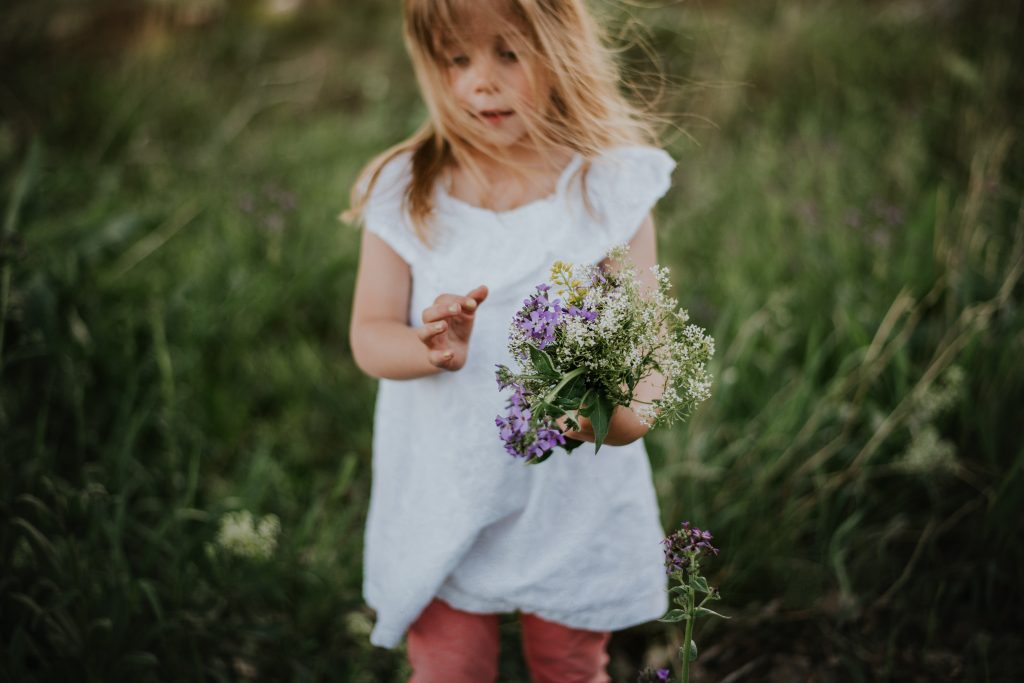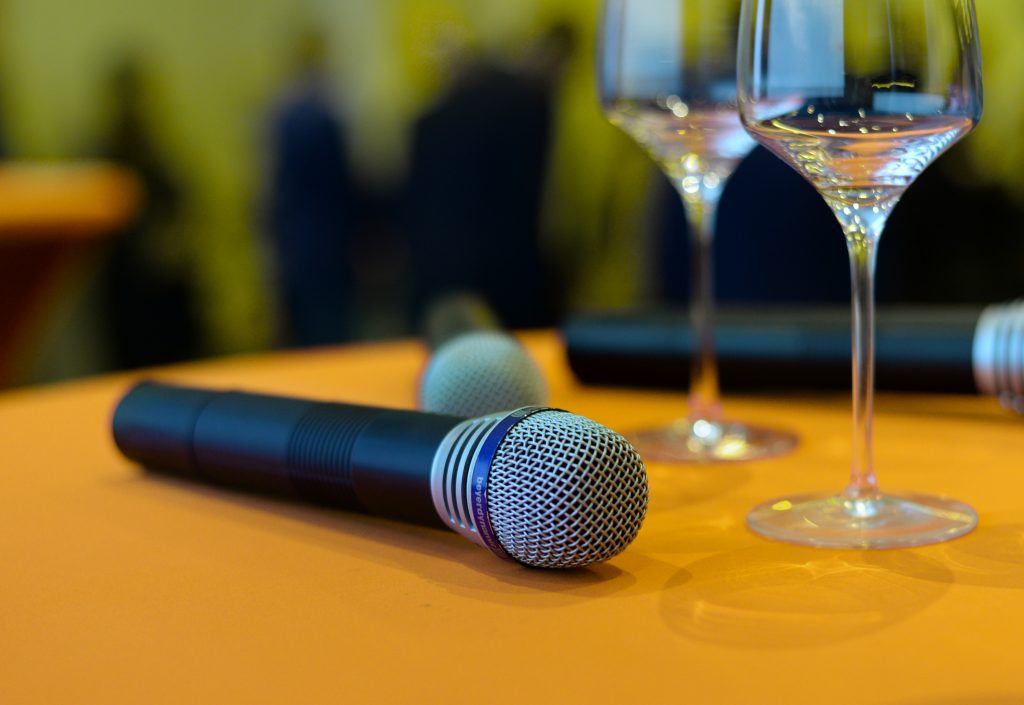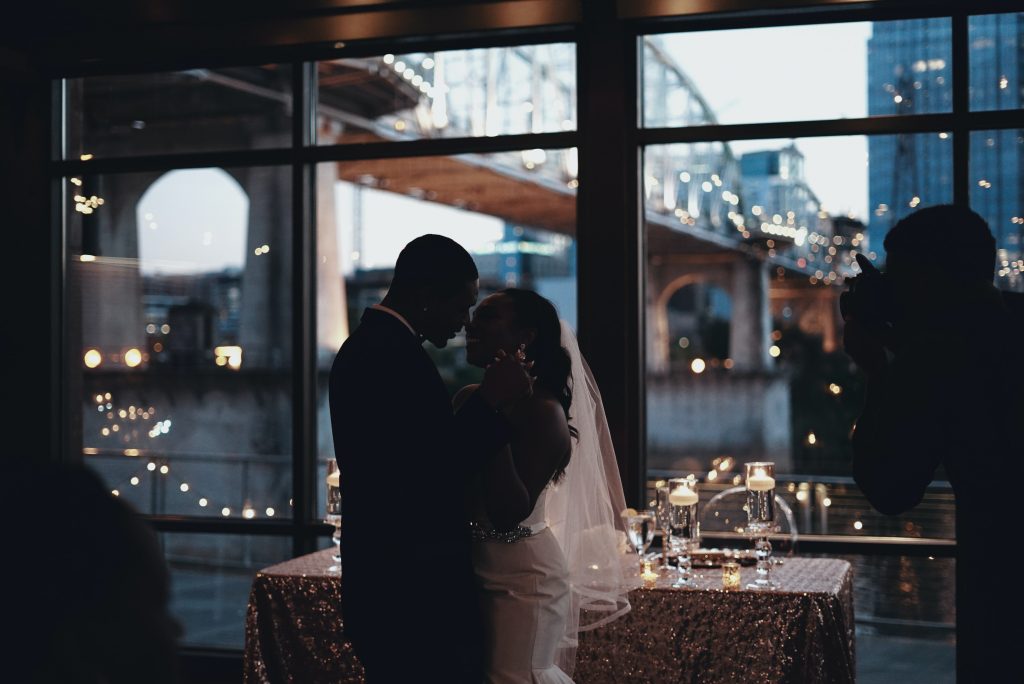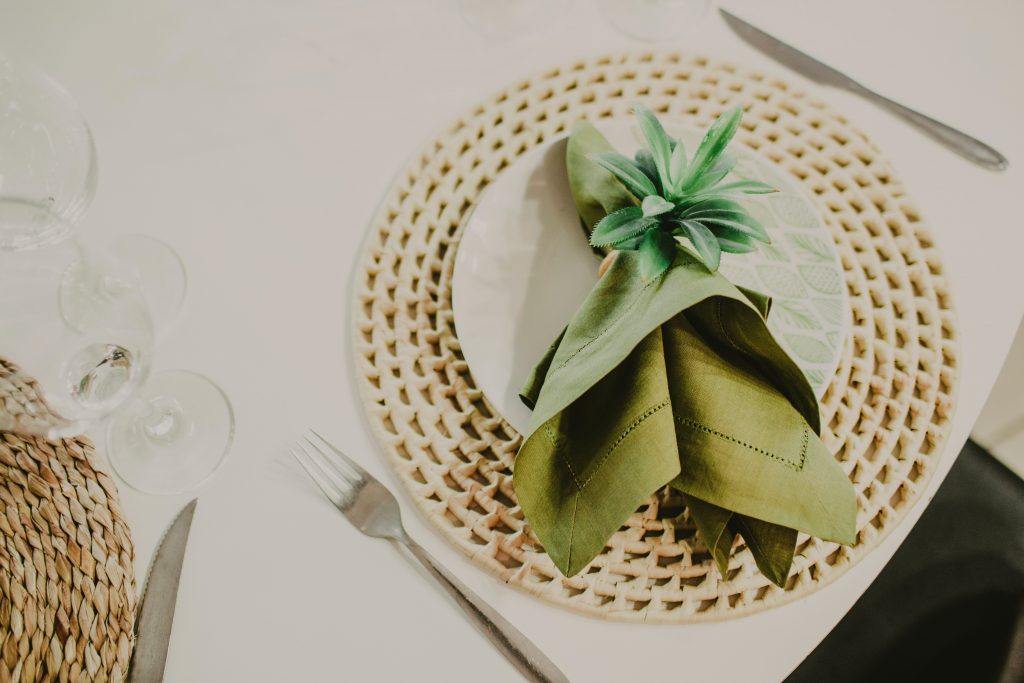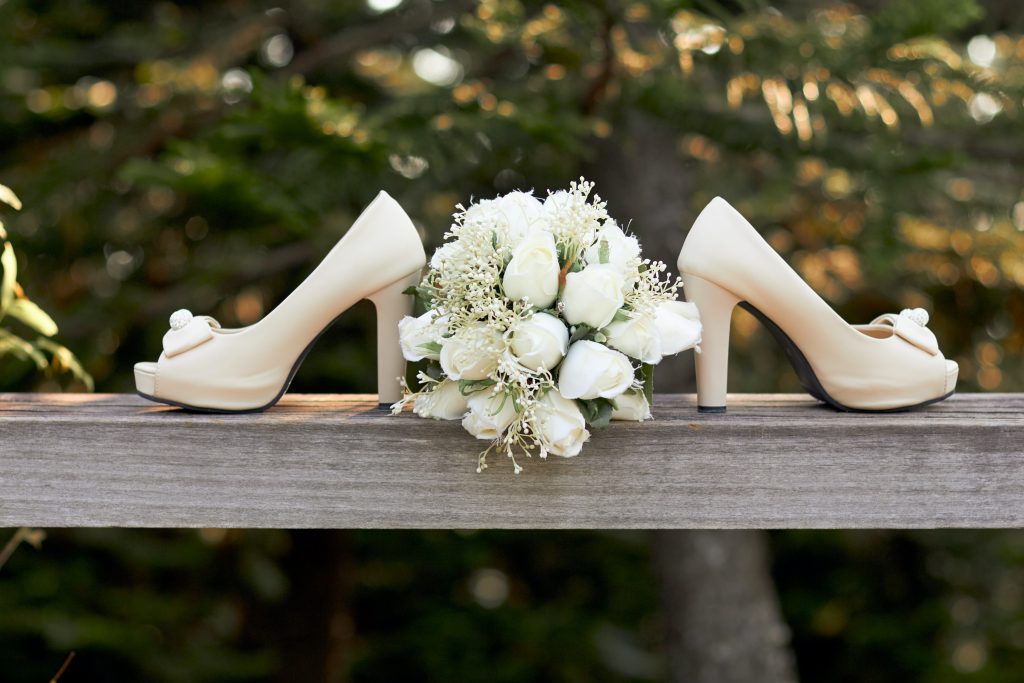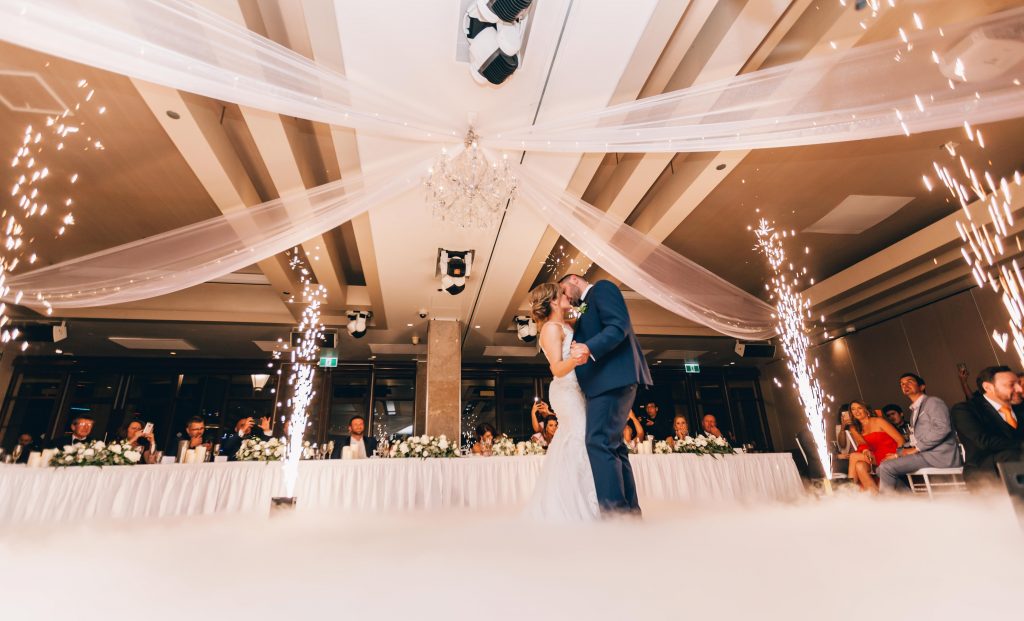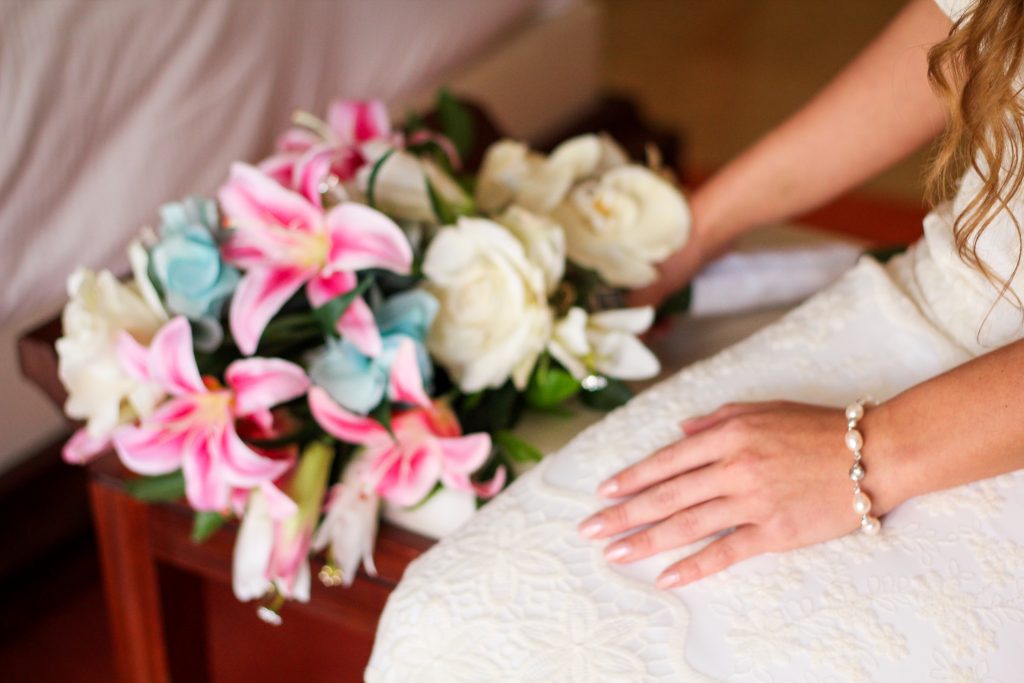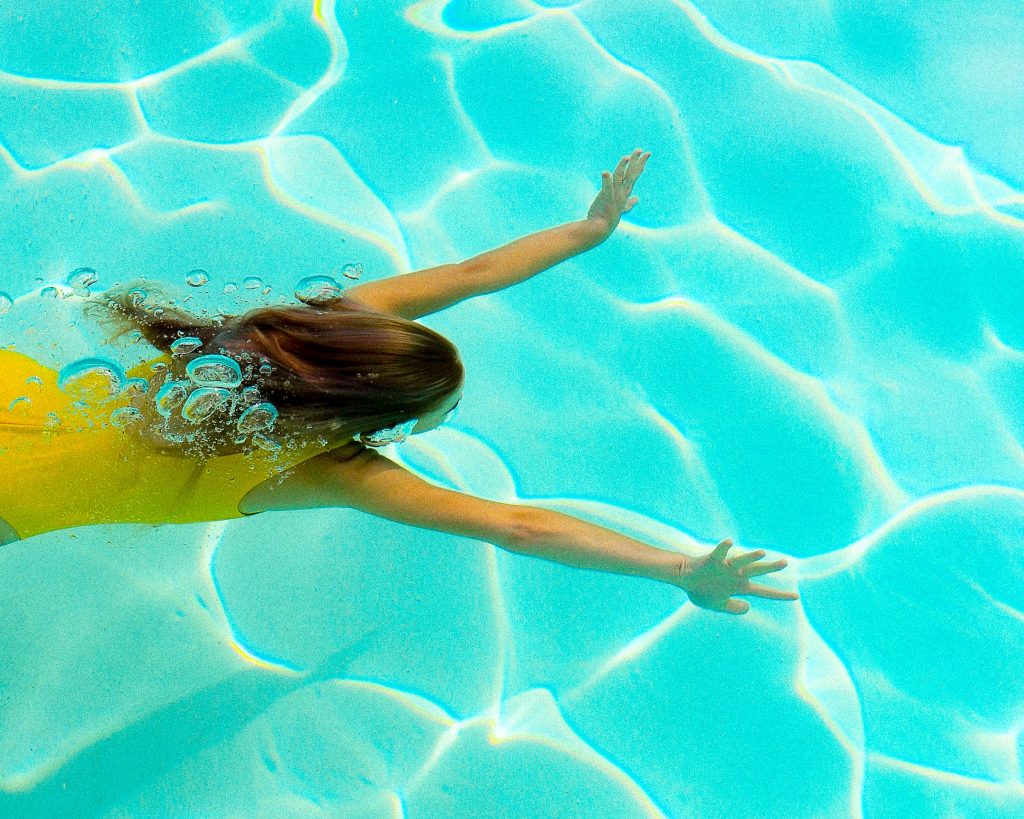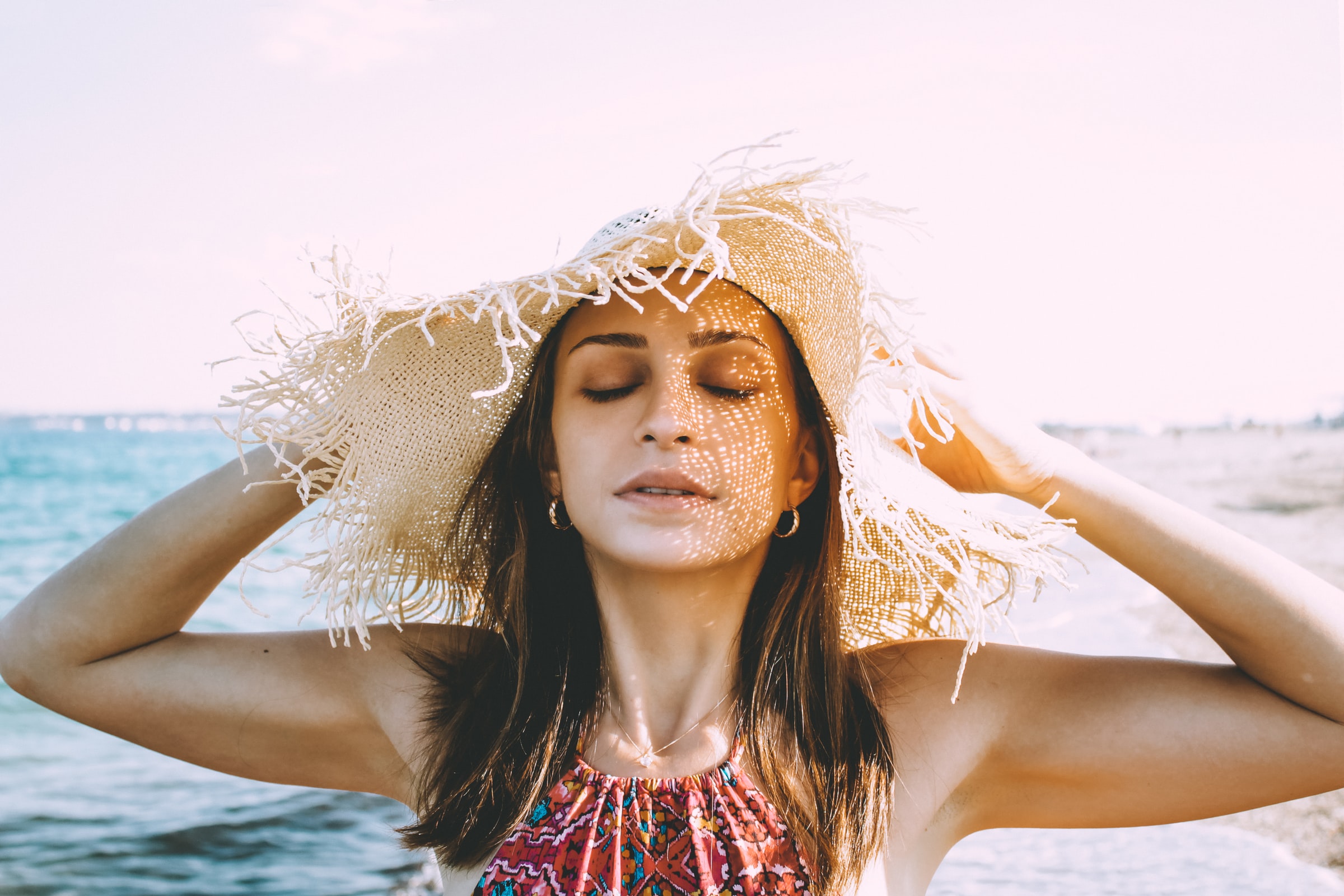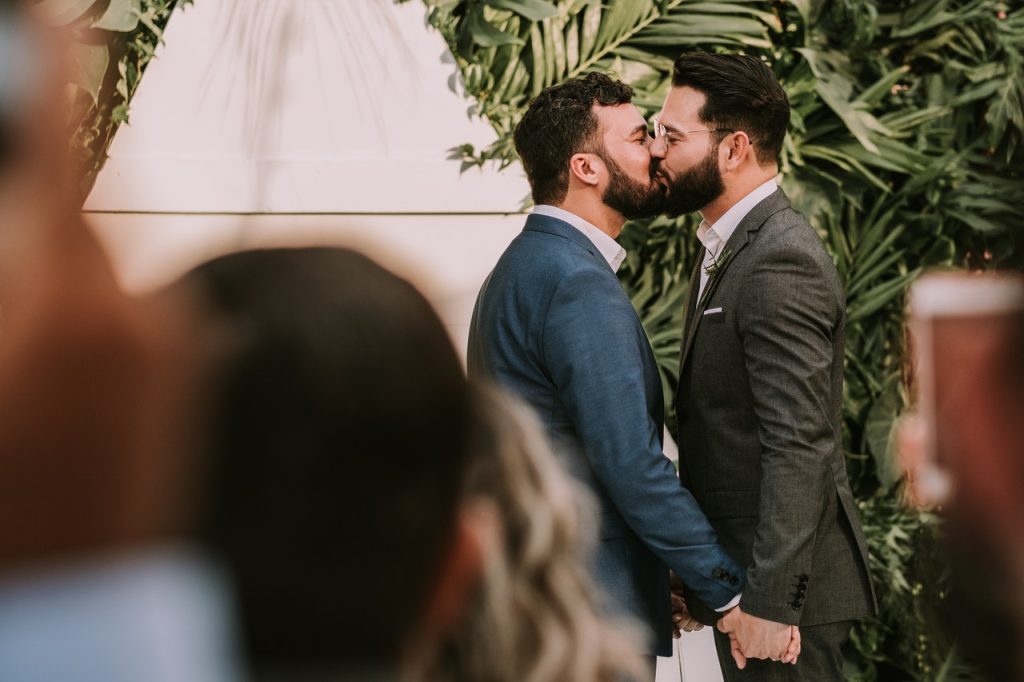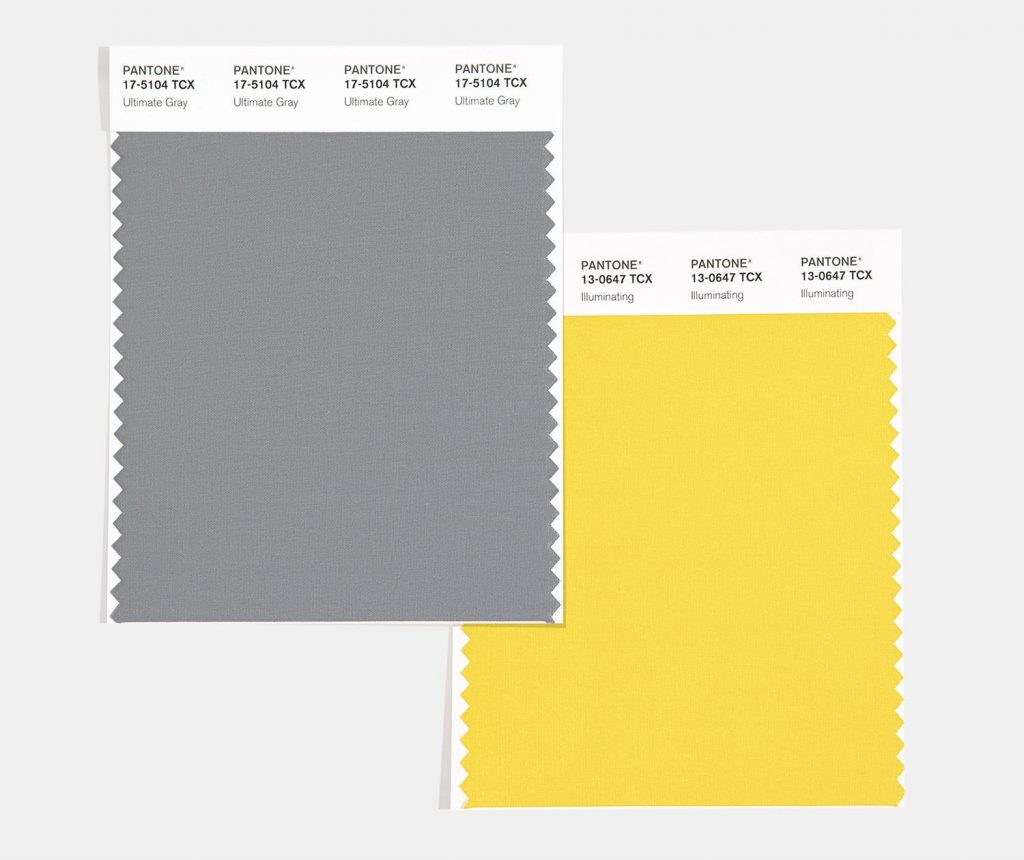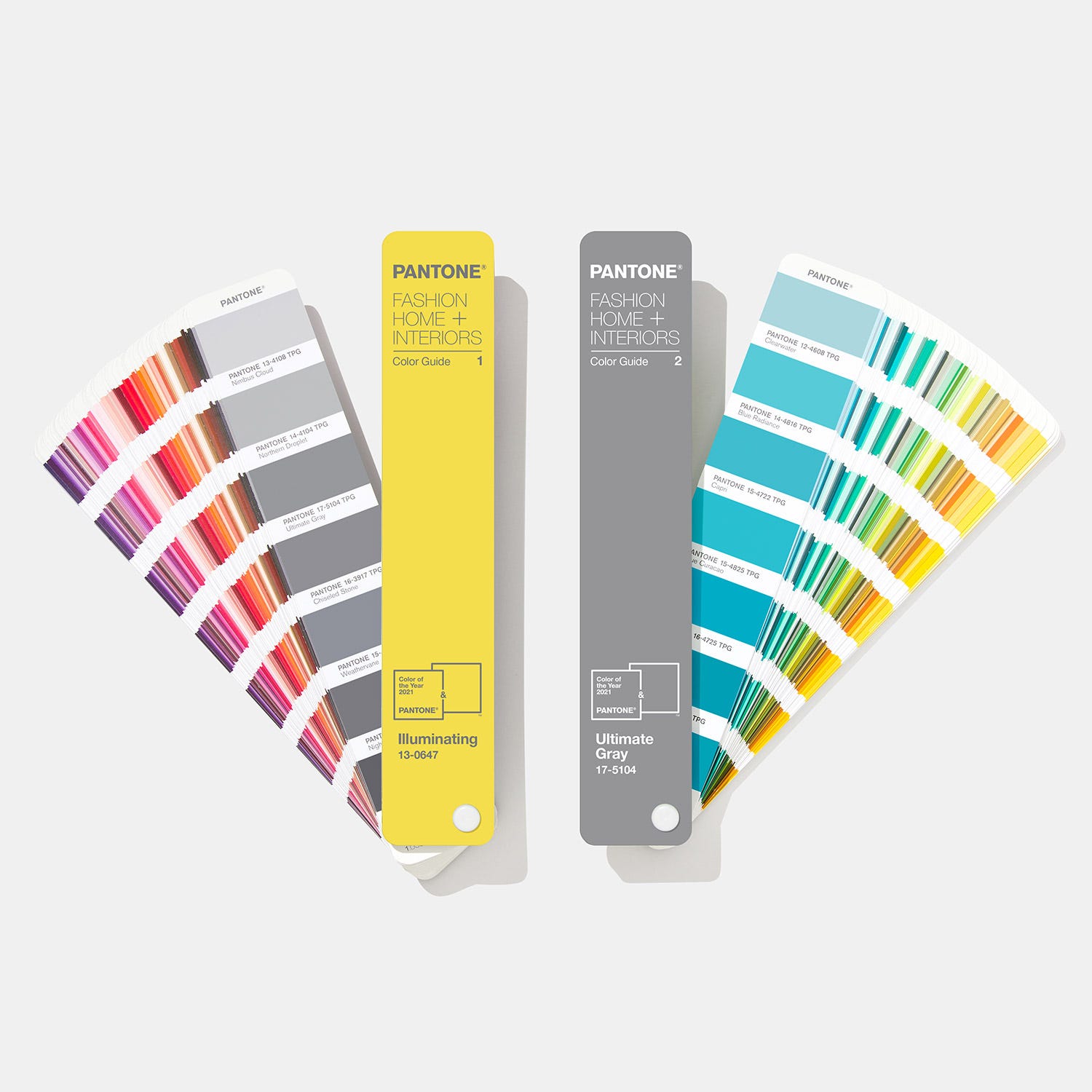So you’ve decided it’s just not a party unless everyone, big and small, is invited. Including kids in your big day can be sweet and meaningful, but also a lot of work.
Here’s how to make sure the lovely lilt of children’s laughter fills your day from start to sleepy finish, without any drama.
Spare them the ceremony
It’s perfectly acceptable to invite children to the reception but not to the ceremony, especially if it’s likely to be a long one. (This is when a babysitter will really come in handy, to entertain them off-site until the reception starts.)
Hire help
If the budget stretches, consider hiring a babysitter. That way both you and the parents can relax and enjoy the day knowing that their little ones aren’t getting into any danger – or mischief!
Plan their own party
What if you want to have flower girls and a little ring bearer, but would rather host an adults-only reception? Chat to the parents about arranging a fun evening for the kids after the ceremony – such as a sleepover at their friends’ house or a pizza party with a babysitter – and offer to cover any expenses. This way the kids won’t feel left out when everyone else goes to the reception, as they’ll have their own special plans!
Have a kids menu
Remember to factor in tiny tastebuds when drawing up the menu and drinks list. Canapés and a Cabernet may thrill your palate but they’re not going to do much for little rumbling tummies. A kids menu doesn’t have to involve fish fingers or greasy pizza – consider individual portions of delicious mac and cheese, gourmet sliders, or even a sophisticated French fry bar. Sparkling grape juice served in flutes for the tweens and teens will make them feel very grown-up.
Seat them correctly
It’s your choice whether the kids sit with their parents or at a designated children’s table. Just keep in mind that little grown-ups may not be amused at being stuck with the toddlers.
Keep them entertained
Remember that young attention spans aren’t the longest. Provide entertainment to keep them busy during speeches and other moments you’d prefer not to have an ‘I’m bored!’ break the spell. Wedding-themed colouring-in sets and join-the-dots games are great, and you can also get creative with I-spy lists and not-too-boisterous boardgames.
Crashlanding
Designate a room or screened-off area at the reception for naps, and fill it with comfy beanbags, pillows and blankets. Put a grandparent (or the babysitter) in charge of sending the little ones off for a lie-down before yawns and scrunched-up eyes cause mom and dad to cut short their time on the dance floor.
Baby boogie
Speaking of the dance floor, let your DJ know you’ll be having children in attendance so they can tailor the playlist accordingly. Explicit tracks may have to be swapped for radio-friendly versions, but perhaps a current teen favourite or singalong Disney song could be included so the little ones get some time on the tiles.
Picture: Unsplash

